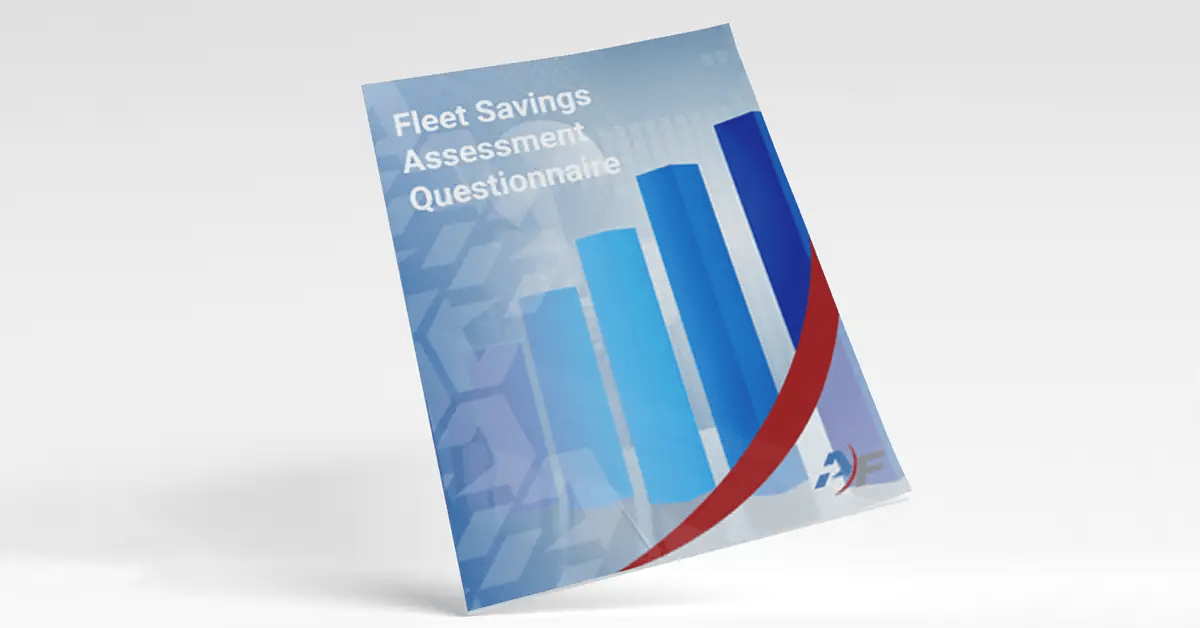Expert Tips for Starting a Motorpool
We talk with many organizations who want to know how to start a motor pool - but there is much more to launching a successful motorpool operation than picking a solution and implementing it. What does it take to start an efficient vehicle-sharing initiative? Here are some of the key factors recommended by our fleet experts that can increase the likelihood of your organization’s success.
Expert Tips for Starting a Motorpool
If you’re not familiar with motorpools, be sure to read our article about what a motorpool is and all of its benefits before thinking about starting one. In short, a motor pool is a group or fleet of motor vehicles whose use is shared on a short-term basis by the personnel of an organization. Starting a motorpool can be a big undertaking.
Top 6 Tips for Setting Up Your Motorpool
- Understand where you can reduce costs and improve efficiencies. We estimate that fleets spend $3-$6K per vehicle per year to keep a vehicle in the fleet. These include lease and depreciation costs, maintenance expenses, parking spaces, insurance, tags, and other related costs. There’s a significant amount of administrative time spent manually on vehicle management, communicating with drivers, keeping records on spreadsheets, generating reports, and responding to audits. Also, take a look at how much your fleet is spending on personal vehicle usage reimbursement. Some fleets spend hundreds of thousands of dollars annually! Agile Fleet can help quantify the savings and ROI you can expect – just request a Fleet Savings Assessment from us– it’s free.
- Find a champion within your organization and get buy-in from upper management and stakeholders. For upper management, communicate the savings and fleet efficiencies your organization can expect to achieve by creating a motorpool. For drivers and other stakeholders, explain how the changes will affect them positively. Reassure people that there will be sufficient resources to help them and that reserving and accessing a vehicle will be as easy as getting a boarding pass in an airport.
- Communicate organizational changes positively with drivers and stakeholders. For example, a mandate such as “We must reduce our fleet by 15% by January 1. All staff will lose their vehicles and are now required to use a shared fleet,” will most likely be met with opposition. Instead, consider saying, “We are going to implement a new system that will reduce the age of the fleet from 12 years to 5 years, give you access to more types of vehicles, and you can reserve them online around the clock.” Communicate all the positive reasons for sharing vehicles and how people will benefit. Such an approach has a much higher chance of being viewed positively than the first one.
- Draft fleet policies and make sure you have a way to communicate and enforce them. If you tell people to share, you need fleet policies to support your initiative so people understand what rules to follow. Many policies have a significant impact on cost reduction, such as mandating when it is acceptable to use a personal vehicle versus a shared vehicle. We recommend you start by creating a list of vehicle policy areas that make sense for your organization. A good fleet management information system (FMIS) like FleetCommander can automatically communicate your policies every time a vehicle reservation is made. For sample policies, consult industry organizations, and download vendor resources and e-guides such as these.
- Prove the concept first. If you have a large organization, consider rolling out the initial system to one or two sites first. Closely monitor the solution, and make adjustments as needed. Then, roll out to other sites while communicating all the great things you’ve already achieved. We have several reference customers who have done this successfully, if you would like contact information, ask us.
- Learn from others' success! Access our case studies and read interviews in our blog to learn how others have been able to successfully launch an automated motorpool.
Mistakes to Avoid When Starting a Motorpool
Setting up a motorpool can yield significant benefits for organizations in terms of cost savings, efficiency, and environmental impact. However, there are several common mistakes that organizations should avoid when establishing a motor pool to ensure its successful implementation and operation.
Here are some key mistakes to be mindful of:
- Insufficient Planning and Preparation: Failing to thoroughly plan and prepare for the motor pool implementation can lead to confusion, inefficiencies, and resistance from employees. Proper planning includes defining goals, identifying vehicle requirements, establishing policies, and selecting appropriate technology solutions.
- Lack of Stakeholder Involvement: Not involving key stakeholders, including fleet managers, employees, finance, and IT personnel, can result in overlooking crucial perspectives and needs. Involving stakeholders from the beginning helps to create a well-rounded and effective motor pool system.
- Underestimating Technology Needs: Implementing a motor pool involves the use of technology for reservations, dispatch, and reporting. Underestimating technology requirements or choosing an inadequate system can lead to operational difficulties and user frustration.
- Poor Training Methods: Once a motorpool is in place, it's essential to provide proper training to all users. Overlooking the need for comprehensive training sessions, easily accessible user guides, and ongoing support can lead to misuse of resources, which can result in escalated maintenance costs and a poor user experience.
By being mindful of these common pitfalls and actively working to avoid them, organizations can ensure a smoother and more effective implementation of their motor pool.
Should You Set Up a Motorpool?
It is clear that the establishment of a motorpool can offer organizations notable benefits and revolutionize fleet operations when implemented effectively. By following the top tips mentioned in this blog and avoiding the common mistakes made when starting a motorpool, organizations can optimize their fleet operations and achieve significant cost savings.
Ready to dive deeper? Download our comprehensive 10-Year Fleet Cost Savings Assessment now.







